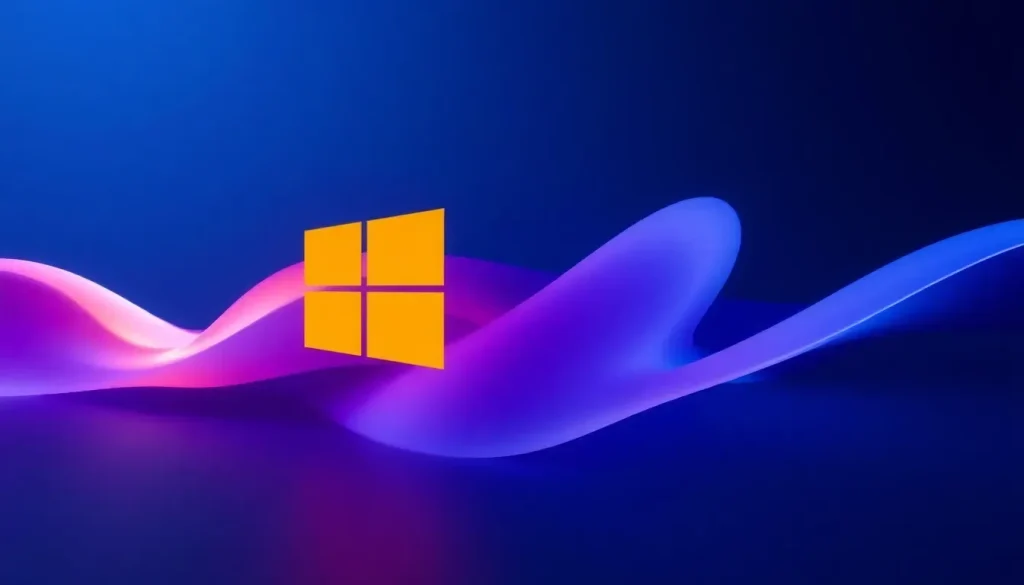Microsoft takes a decade to fix Windows 11 update and shut down feature

Microsoft has finally addressed a long-standing issue in Windows 11, specifically the problematic 'update and shut down' function. This bug has its roots in the early days of Windows 10, highlighting an ongoing concern regarding the quality control within Microsoft's software ecosystem. The resolution of this issue is a significant step forward for users who have faced similar frustrations over the past decade.
- Understanding the 'update and shut down' feature in Windows 11
- What caused the issue with 'update and shut down'?
- The recent fix by Microsoft
- Implications of the fix
- What if I don’t want to update to Windows 11?
- What happens if I shut down my PC during an update?
- How long does it take to update to Windows 11?
Understanding the 'update and shut down' feature in Windows 11
The 'update and shut down' option is designed to allow users to install pending updates and then power off their systems in one action. This feature is particularly convenient for those who want to ensure their computer is up-to-date before shutting it down for the night. However, many users have encountered problems when using this function.
When selecting 'update and shut down', users often found that their computers did not turn off as expected. Instead, they would wake up to find their machines still running, consuming energy unnecessarily. This issue has been a common theme since Windows 10 was introduced, demonstrating a critical flaw in Windows' update process.
What caused the issue with 'update and shut down'?
This bug relates to the complex sequence of actions that Windows must execute to successfully perform an update and shut down. The process involves multiple steps:
- Applying all pending updates.
- Shutting down the system.
However, the challenge arises during the maintenance phase. Windows needs to reboot into a special maintenance mode to replace locked system files, which can lead to complications. Users typically see a message indicating 'Working on updates' during this phase.
Unfortunately, instead of shutting down after this update process, many systems would return to the login screen. This behavior indicated that the shutdown command had either been lost or not executed properly. Possible explanations for this malfunction include:
- Issues with the Windows maintenance stack.
- Conflicts due to the fast startup feature.
- Synchronization errors during the reboot process.
The recent fix by Microsoft
Microsoft has acknowledged this problem and recently implemented a fix that addresses the underlying issue with the 'update and shut down' feature. According to their support page, the update resolves problems that prevented the PC from shutting down correctly after an update.
Users can install this fix through the optional update KB5067036. Additionally, this resolution will be included in the next scheduled monthly update on November 11, ensuring that all users have access to the patch.
Implications of the fix
The correction of the 'update and shut down' function is significant, as it reflects Microsoft’s commitment to improving user experience and software reliability. Addressing bugs that have persisted for over a decade demonstrates the importance of user feedback in the software development process.
However, the delay in resolving such a critical issue raises questions about Microsoft’s quality assurance processes and their ability to effectively address user needs in a timely manner.
What if I don’t want to update to Windows 11?
For users who may not be ready or willing to transition to Windows 11, there are various considerations:
- Windows 10 will receive support until October 14, 2025, allowing users to stick with their current version for a while longer.
- Many applications and games continue to function optimally on Windows 10, making an immediate switch unnecessary.
- Users can create a personalized upgrade plan that fits their schedule and needs.
What happens if I shut down my PC during an update?
Shutting down your computer while it is in the middle of an update can lead to several issues:
- Corrupted system files, potentially resulting in a non-functional operating system.
- Inability to boot into Windows, requiring recovery or reinstallation.
- In some cases, the update process may restart automatically, leading to extended downtime.
It is generally recommended to allow updates to complete fully before shutting down or restarting your machine. If you are facing issues with updates, consider watching tutorials or guides that provide solutions, such as this video on repairing Windows update problems.
How long does it take to update to Windows 11?
The time required for a Windows 11 update can vary depending on several factors:
- The speed of your internet connection.
- The performance of your PC hardware.
- The size of the updates being applied.
On average, users can expect the update process to take anywhere from 30 minutes to a couple of hours. However, during this time, it is crucial not to interrupt the process to avoid complications.
In summary, the recent fixes by Microsoft for the Windows 11 'update and shut down' function mark a pivotal moment in their commitment to user satisfaction. As users continue to navigate updates and potential issues, staying informed about best practices and solutions will enhance their experience with the operating system.




Leave a Reply